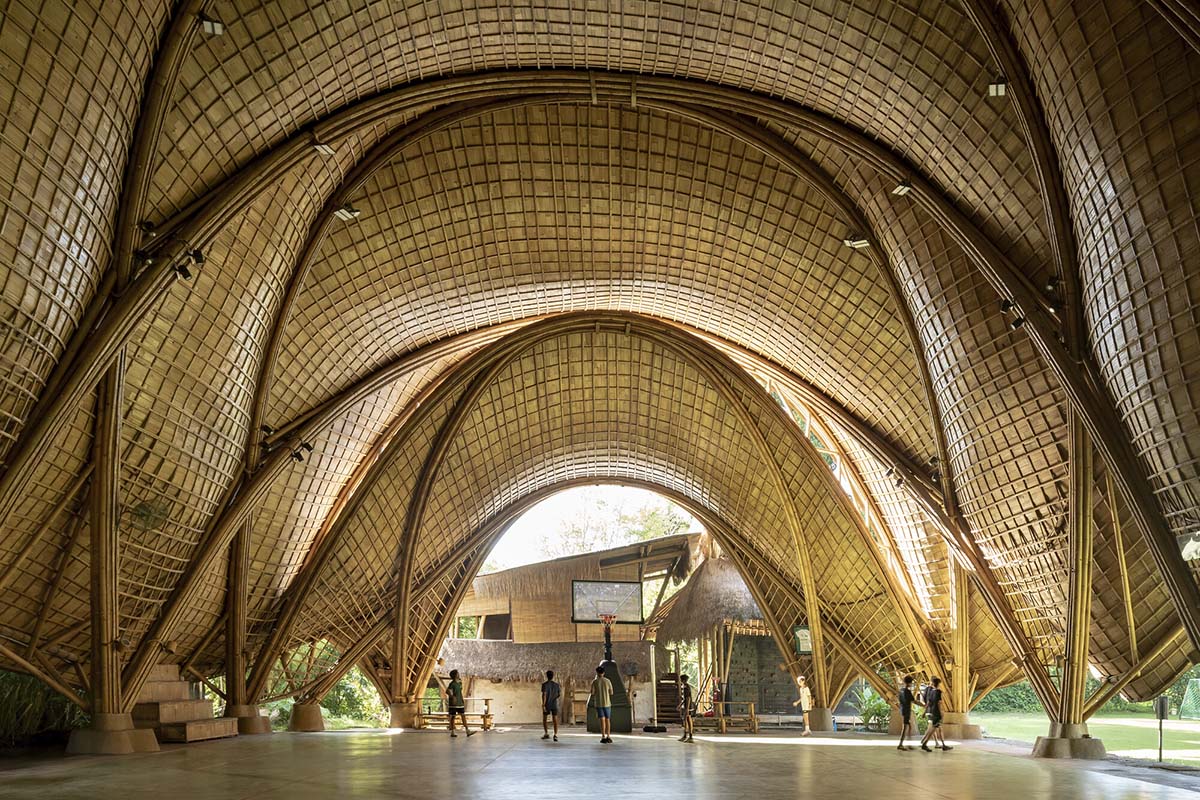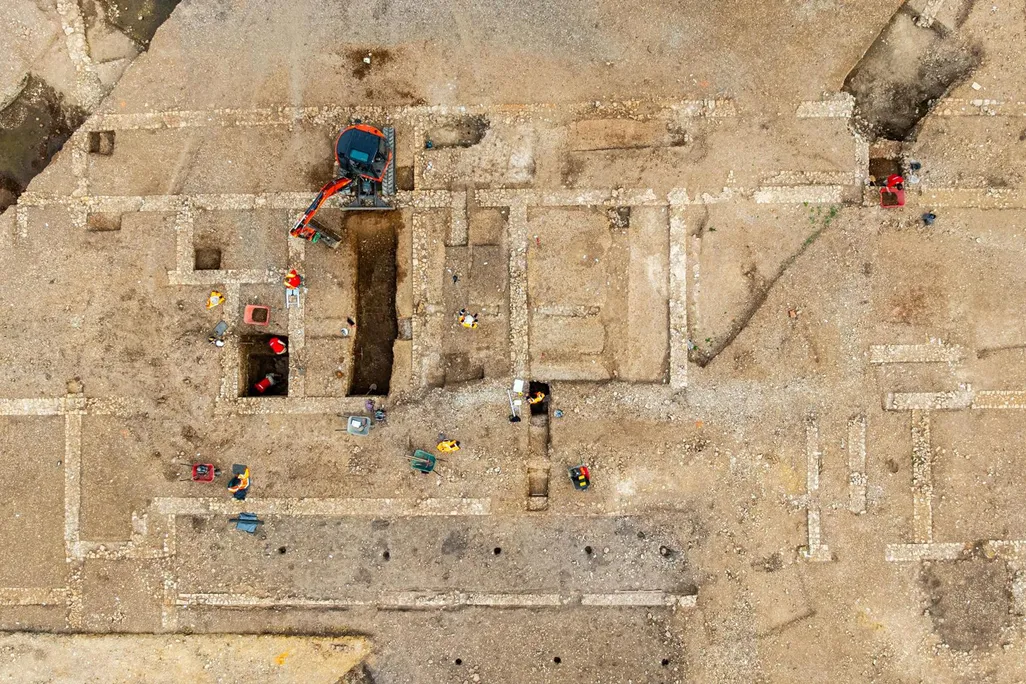Rewriting SymCrypt in Rust to modernize Microsoft’s cryptographic library
Outdated coding practices and memory-unsafe languages like C are putting software, including cryptographic libraries, at risk. Fortunately, memory-safe languages like Rust, along with formal verification tools, are now mature enough to be used at scale, helping prevent issues like crashes, data corruption, flawed implementation, and side-channel attacks.
To address these vulnerabilities and improve memory safety, we’re rewriting SymCrypt—Microsoft’s open-source cryptographic library—in Rust. We’re also incorporating formal verification methods. SymCrypt is used in Windows, Azure Linux, Xbox, and other platforms.
Currently, SymCrypt is primarily written in cross-platform C, with limited use of hardware-specific optimizations through intrinsicsand assembly language. It provides a wide range of algorithms, including AES-GCM, SHA, ECDSA, and the more recent post-quantum algorithms ML-KEM and ML-DSA.
Formal verification will confirm that implementations behave as intended and don’t deviate from algorithm specifications, critical for preventing attacks. We’ll also analyze compiled code to detect side-channel leaks caused by timing or hardware-level behavior.
Proving Rust program properties with Aeneas
Program verification is the process of proving that a piece of code will always satisfy a given property, no matter the input. Rust’s type system profoundly improves the prospects for program verification by providing strong ownership guarantees, by construction, using a discipline known as “aliasing xor mutability”.
For example, reasoning about C code often requires proving that two non-const pointers are live and non-overlapping, a property that can depend on external client code. In contrast, Rust’s type system guarantees this property for any two mutably borrowed references.
As a result, new tools have emerged specifically for verifying Rust code. We chose Aeneasbecause it helps provide a clean separation between code and proofs.
Developed by Microsoft Azure Research in partnership with Inria, the French National Institute for Research in Digital Science and Technology, Aeneas connects to proof assistants like Lean, allowing us to draw on a large body of mathematical proofs—especially valuable given the mathematical nature of cryptographic algorithms—and benefit from Lean’s active user community.
Compiling Rust to C supports backward compatibility
We recognize that switching to Rust isn’t feasible for all use cases, so we’ll continue to support, extend, and certify C-based APIs as long as users need them. Users won’t see any changes, as Rust runs underneath the existing C APIs.
Some users compile our C code directly and may rely on specific toolchains or compiler features that complicate the adoption of Rust code. To address this, we will use Eurydice, a Rust-to-C compiler developed by Microsoft Azure Research, to replace handwritten C code with C generated from formally verified Rust. Eurydicecompiles directly from Rust’s MIR intermediate language, and the resulting C code will be checked into the SymCrypt repository alongside the original Rust source code.
As more users adopt Rust, we’ll continue supporting this compilation path for those who build SymCrypt from source code but aren’t ready to use the Rust compiler. In the long term, we hope to transition users to either use precompiled SymCrypt binaries, or compile from source code in Rust, at which point the Rust-to-C compilation path will no longer be needed.
Microsoft research podcast
Ideas: AI and democracy with Madeleine Daepp and Robert Osazuwa Ness
As the “biggest election year in history” comes to an end, researchers Madeleine Daepp and Robert Osazuwa Ness and Democracy Forward GM Ginny Badanes discuss AI’s impact on democracy, including the tech’s use in Taiwan and India.
Listen now
Opens in a new tab
Timing analysis with Revizor
Even software that has been verified for functional correctness can remain vulnerable to low-level security threats, such as side channels caused by timing leaks or speculative execution. These threats operate at the hardware level and can leak private information, such as memory load addresses, branch targets, or division operands, even when the source code is provably correct.
To address this, we’re extending Revizor, a tool developed by Microsoft Azure Research, to more effectively analyze SymCrypt binaries. Revizor models microarchitectural leakage and uses fuzzing techniques to systematically uncover instructions that may expose private information through known hardware-level effects.
Earlier cryptographic libraries relied on constant-time programming to avoid operations on secret data. However, recent research has shown that this alone is insufficient with today’s CPUs, where every new optimization may open a new side channel.
By analyzing binary code for specific compilers and platforms, our extended Revizor tool enables deeper scrutiny of vulnerabilities that aren’t visible in the source code.
Verified Rust implementations begin with ML-KEM
This long-term effort is in alignment with the Microsoft Secure Future Initiative and brings together experts across Microsoft, building on decades of Microsoft Research investment in program verification and security tooling.
A preliminary version of ML-KEM in Rust is now available on the preview feature/verifiedcryptobranch of the SymCrypt repository. We encourage users to try the Rust build and share feedback. Looking ahead, we plan to support direct use of the same cryptographic library in Rust without requiring C bindings.
Over the coming months, we plan to rewrite, verify, and ship several algorithms in Rust as part of SymCrypt. As our investment in Rust deepens, we expect to gain new insights into how to best leverage the language for high-assurance cryptographic implementations with low-level optimizations.
As performance is key to scalability and sustainability, we’re holding new implementations to a high bar using our benchmarking tools to match or exceed existing systems.
Looking forward
This is a pivotal moment for high-assurance software. Microsoft’s investment in Rust and formal verification presents a rare opportunity to advance one of our key libraries. We’re excited to scale this work and ultimately deliver an industrial-grade, Rust-based, FIPS-certified cryptographic library.
Opens in a new tab
#rewriting #symcrypt #rust #modernize #microsoftsRewriting SymCrypt in Rust to modernize Microsoft’s cryptographic library
Outdated coding practices and memory-unsafe languages like C are putting software, including cryptographic libraries, at risk. Fortunately, memory-safe languages like Rust, along with formal verification tools, are now mature enough to be used at scale, helping prevent issues like crashes, data corruption, flawed implementation, and side-channel attacks.
To address these vulnerabilities and improve memory safety, we’re rewriting SymCrypt—Microsoft’s open-source cryptographic library—in Rust. We’re also incorporating formal verification methods. SymCrypt is used in Windows, Azure Linux, Xbox, and other platforms.
Currently, SymCrypt is primarily written in cross-platform C, with limited use of hardware-specific optimizations through intrinsicsand assembly language. It provides a wide range of algorithms, including AES-GCM, SHA, ECDSA, and the more recent post-quantum algorithms ML-KEM and ML-DSA.
Formal verification will confirm that implementations behave as intended and don’t deviate from algorithm specifications, critical for preventing attacks. We’ll also analyze compiled code to detect side-channel leaks caused by timing or hardware-level behavior.
Proving Rust program properties with Aeneas
Program verification is the process of proving that a piece of code will always satisfy a given property, no matter the input. Rust’s type system profoundly improves the prospects for program verification by providing strong ownership guarantees, by construction, using a discipline known as “aliasing xor mutability”.
For example, reasoning about C code often requires proving that two non-const pointers are live and non-overlapping, a property that can depend on external client code. In contrast, Rust’s type system guarantees this property for any two mutably borrowed references.
As a result, new tools have emerged specifically for verifying Rust code. We chose Aeneasbecause it helps provide a clean separation between code and proofs.
Developed by Microsoft Azure Research in partnership with Inria, the French National Institute for Research in Digital Science and Technology, Aeneas connects to proof assistants like Lean, allowing us to draw on a large body of mathematical proofs—especially valuable given the mathematical nature of cryptographic algorithms—and benefit from Lean’s active user community.
Compiling Rust to C supports backward compatibility
We recognize that switching to Rust isn’t feasible for all use cases, so we’ll continue to support, extend, and certify C-based APIs as long as users need them. Users won’t see any changes, as Rust runs underneath the existing C APIs.
Some users compile our C code directly and may rely on specific toolchains or compiler features that complicate the adoption of Rust code. To address this, we will use Eurydice, a Rust-to-C compiler developed by Microsoft Azure Research, to replace handwritten C code with C generated from formally verified Rust. Eurydicecompiles directly from Rust’s MIR intermediate language, and the resulting C code will be checked into the SymCrypt repository alongside the original Rust source code.
As more users adopt Rust, we’ll continue supporting this compilation path for those who build SymCrypt from source code but aren’t ready to use the Rust compiler. In the long term, we hope to transition users to either use precompiled SymCrypt binaries, or compile from source code in Rust, at which point the Rust-to-C compilation path will no longer be needed.
Microsoft research podcast
Ideas: AI and democracy with Madeleine Daepp and Robert Osazuwa Ness
As the “biggest election year in history” comes to an end, researchers Madeleine Daepp and Robert Osazuwa Ness and Democracy Forward GM Ginny Badanes discuss AI’s impact on democracy, including the tech’s use in Taiwan and India.
Listen now
Opens in a new tab
Timing analysis with Revizor
Even software that has been verified for functional correctness can remain vulnerable to low-level security threats, such as side channels caused by timing leaks or speculative execution. These threats operate at the hardware level and can leak private information, such as memory load addresses, branch targets, or division operands, even when the source code is provably correct.
To address this, we’re extending Revizor, a tool developed by Microsoft Azure Research, to more effectively analyze SymCrypt binaries. Revizor models microarchitectural leakage and uses fuzzing techniques to systematically uncover instructions that may expose private information through known hardware-level effects.
Earlier cryptographic libraries relied on constant-time programming to avoid operations on secret data. However, recent research has shown that this alone is insufficient with today’s CPUs, where every new optimization may open a new side channel.
By analyzing binary code for specific compilers and platforms, our extended Revizor tool enables deeper scrutiny of vulnerabilities that aren’t visible in the source code.
Verified Rust implementations begin with ML-KEM
This long-term effort is in alignment with the Microsoft Secure Future Initiative and brings together experts across Microsoft, building on decades of Microsoft Research investment in program verification and security tooling.
A preliminary version of ML-KEM in Rust is now available on the preview feature/verifiedcryptobranch of the SymCrypt repository. We encourage users to try the Rust build and share feedback. Looking ahead, we plan to support direct use of the same cryptographic library in Rust without requiring C bindings.
Over the coming months, we plan to rewrite, verify, and ship several algorithms in Rust as part of SymCrypt. As our investment in Rust deepens, we expect to gain new insights into how to best leverage the language for high-assurance cryptographic implementations with low-level optimizations.
As performance is key to scalability and sustainability, we’re holding new implementations to a high bar using our benchmarking tools to match or exceed existing systems.
Looking forward
This is a pivotal moment for high-assurance software. Microsoft’s investment in Rust and formal verification presents a rare opportunity to advance one of our key libraries. We’re excited to scale this work and ultimately deliver an industrial-grade, Rust-based, FIPS-certified cryptographic library.
Opens in a new tab
#rewriting #symcrypt #rust #modernize #microsofts















